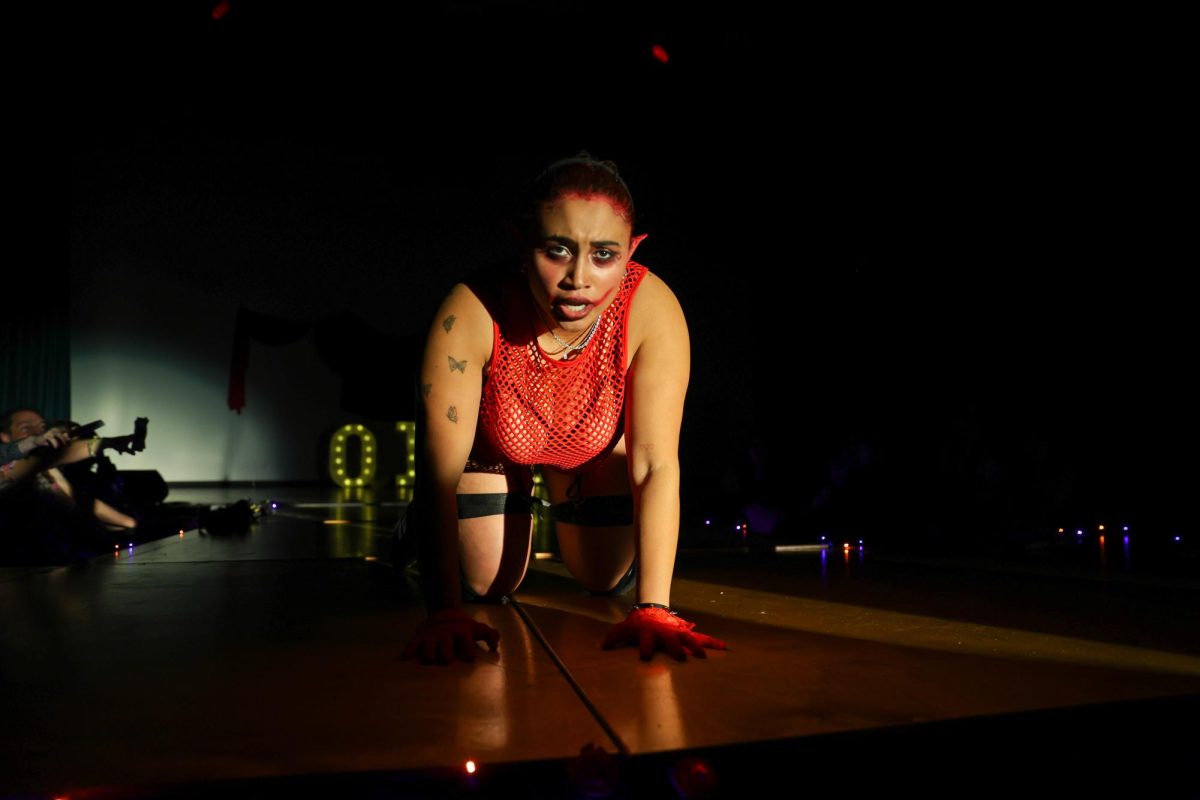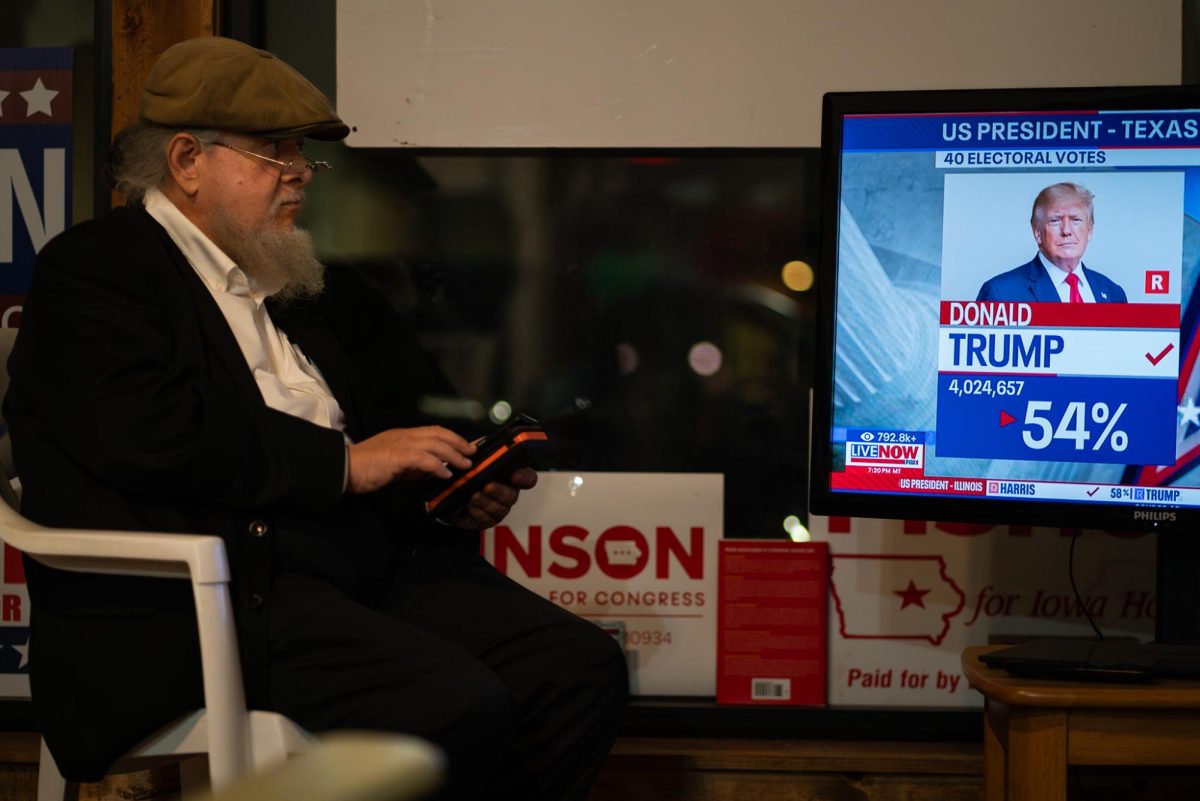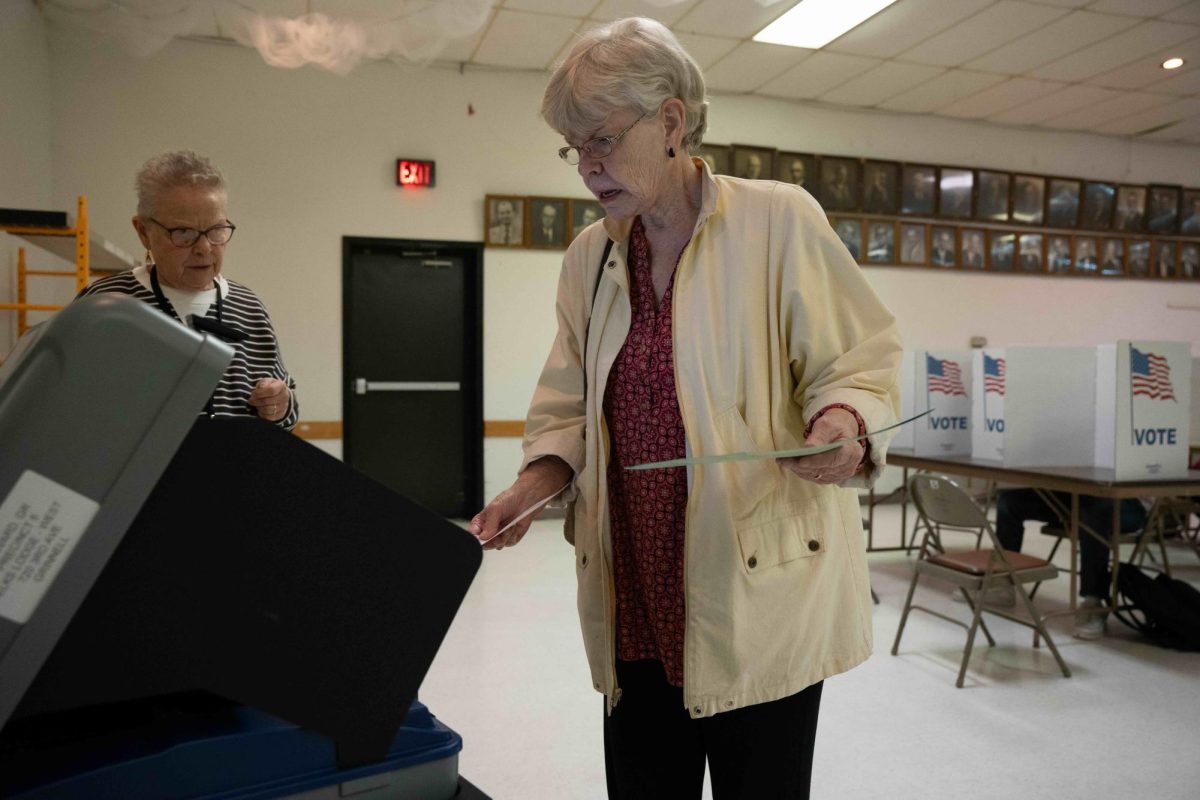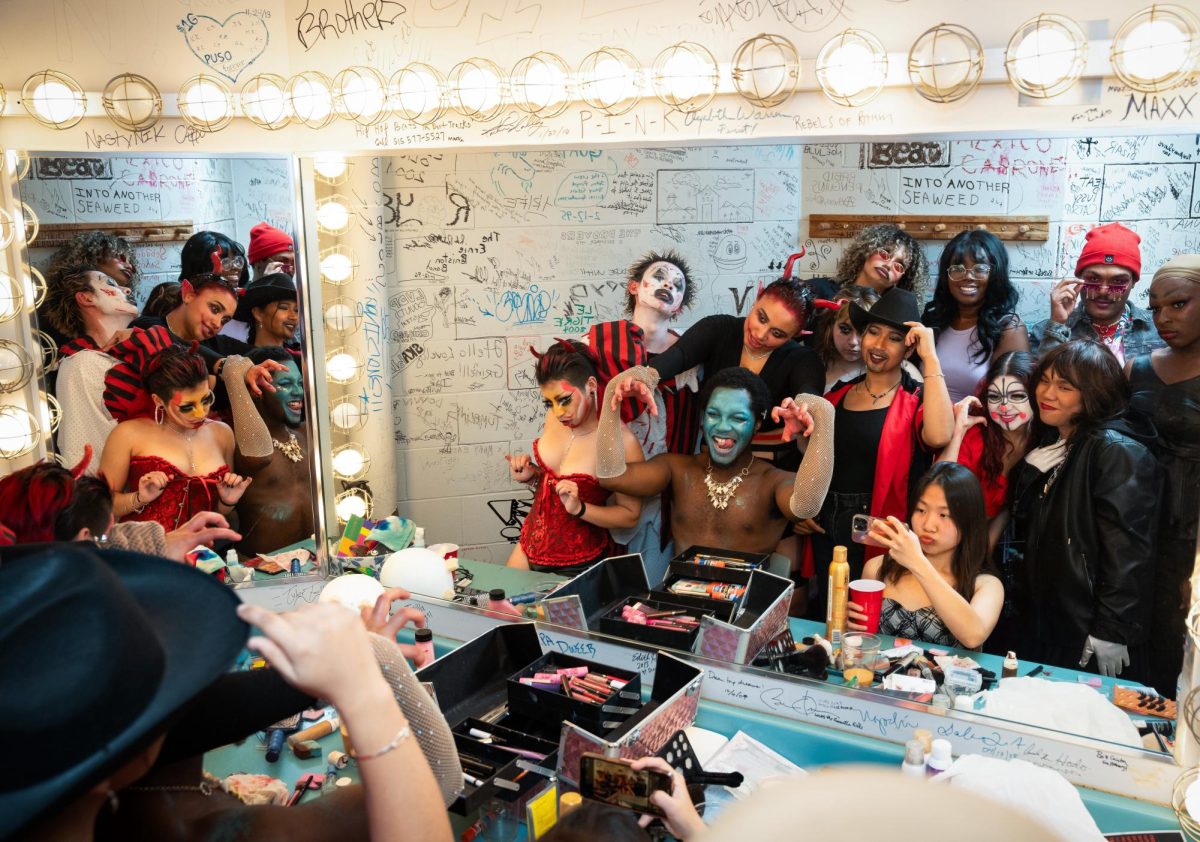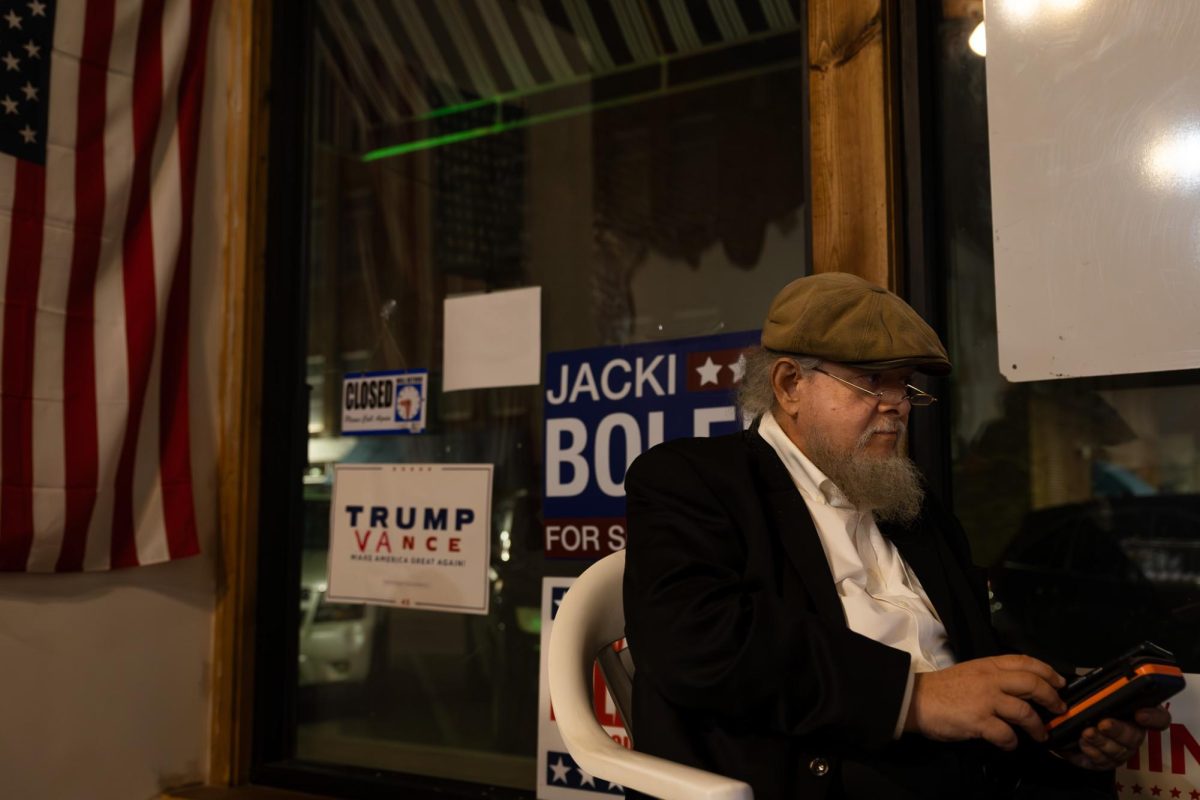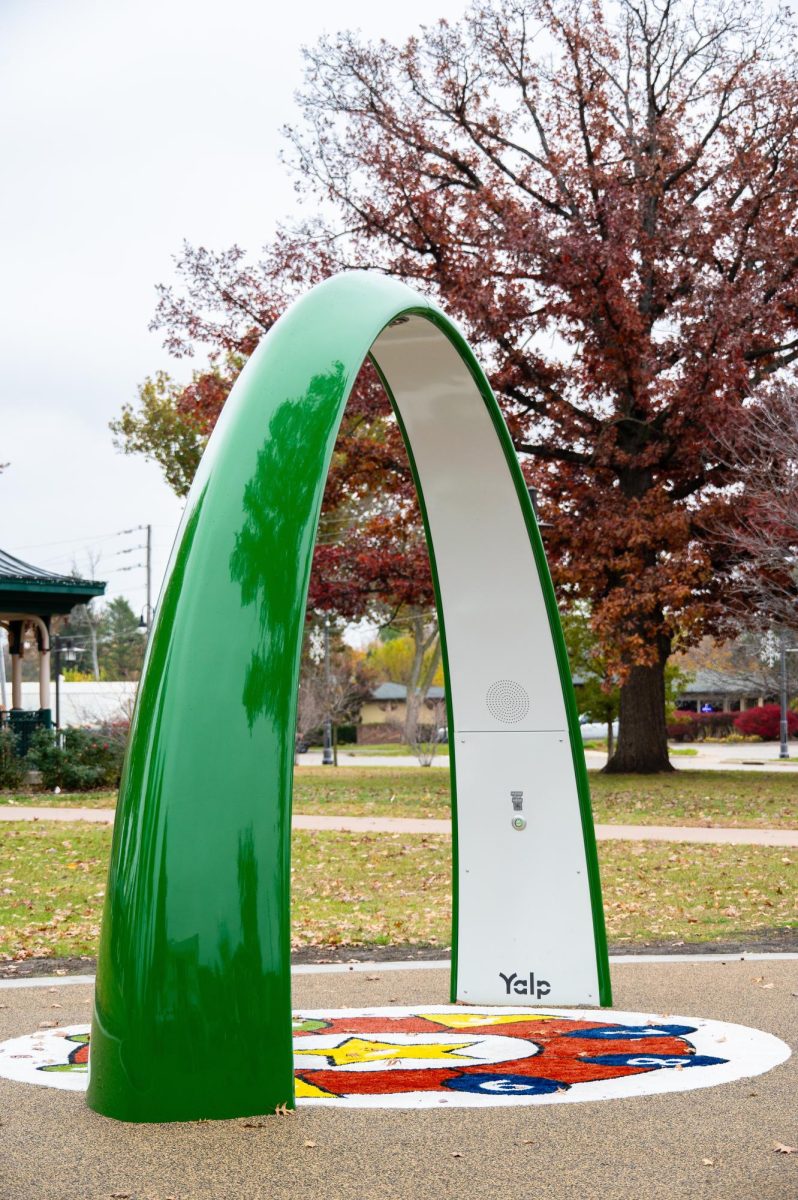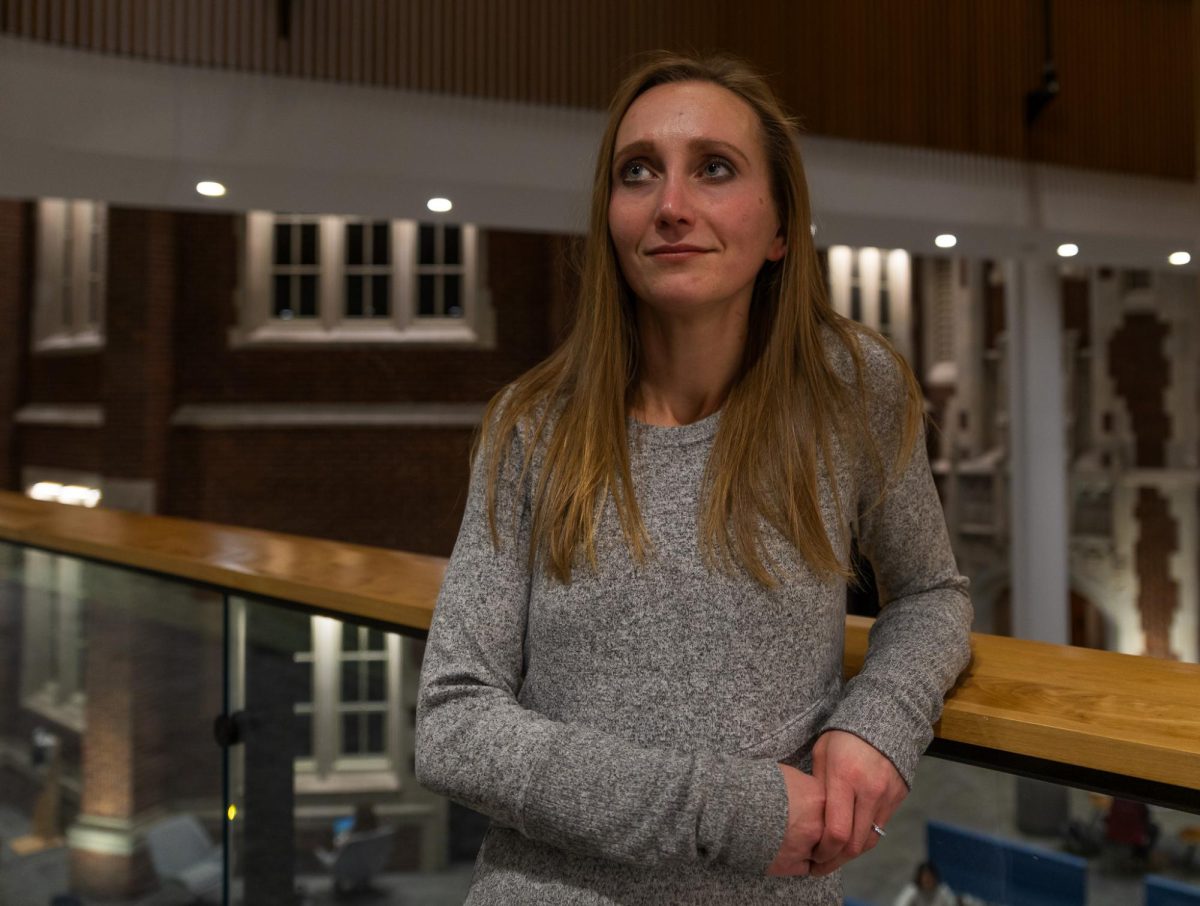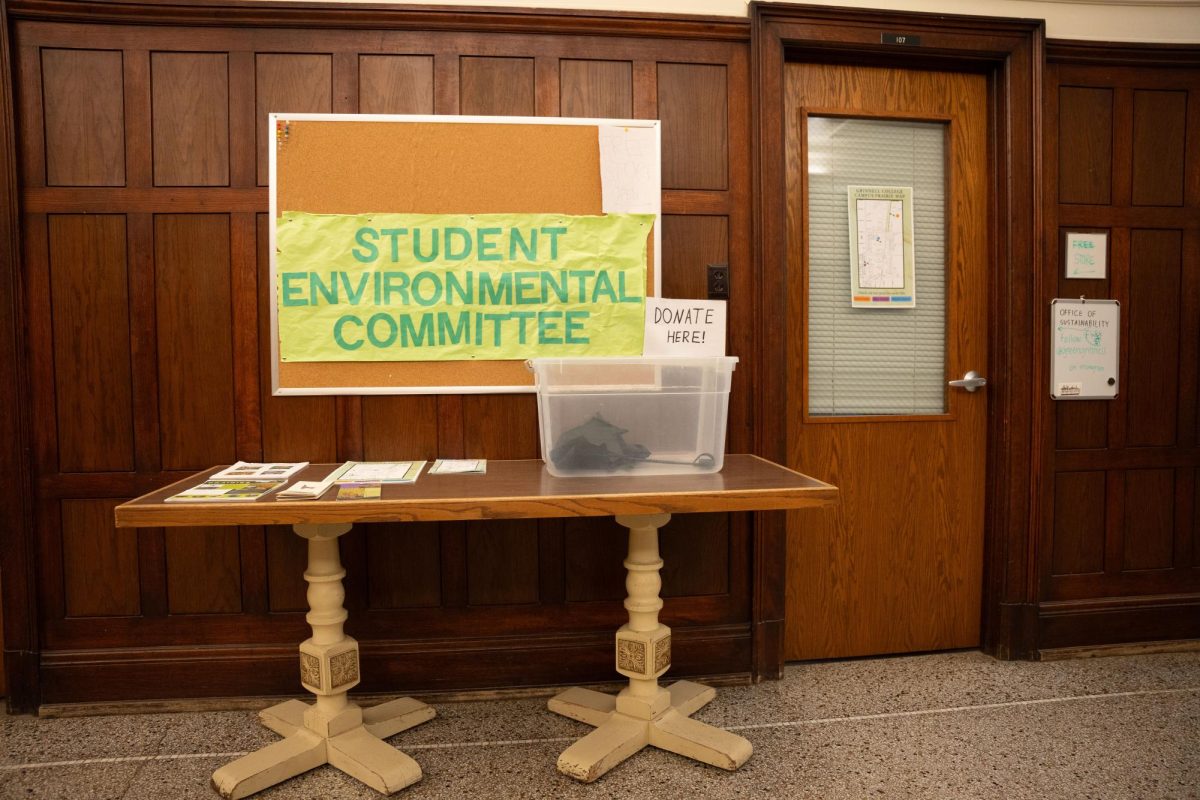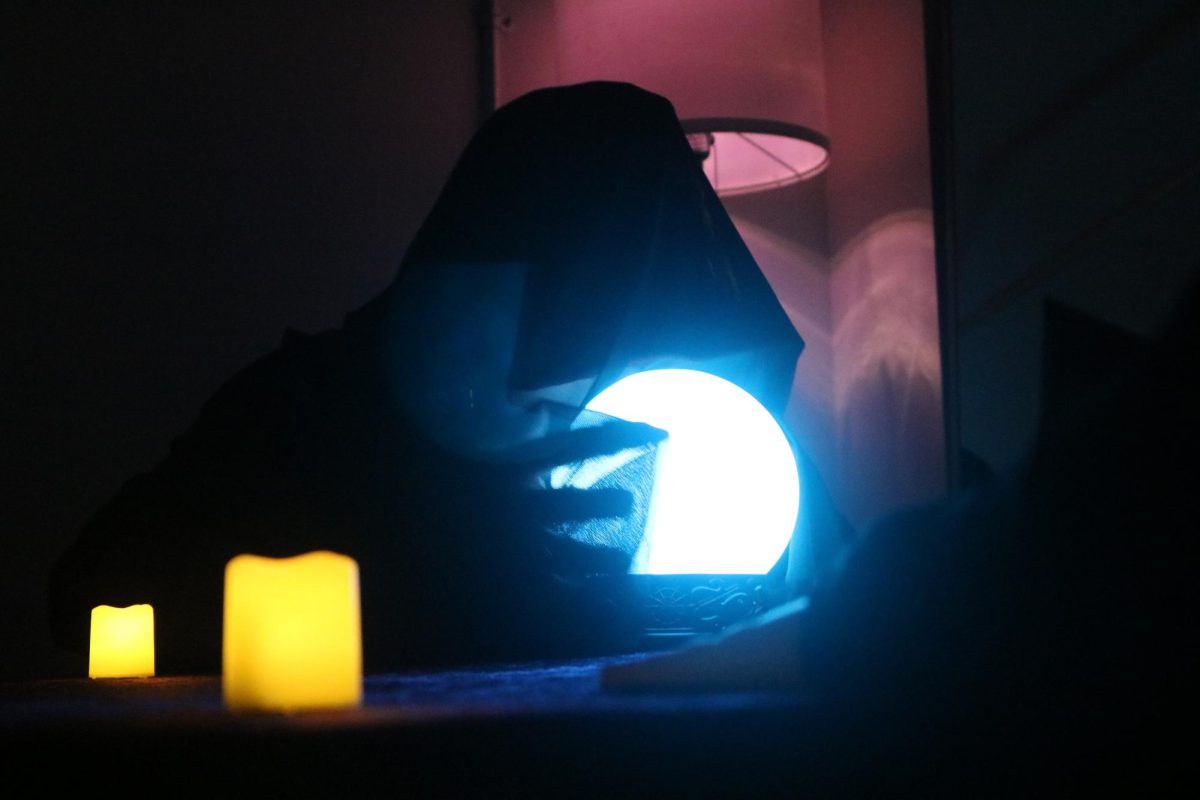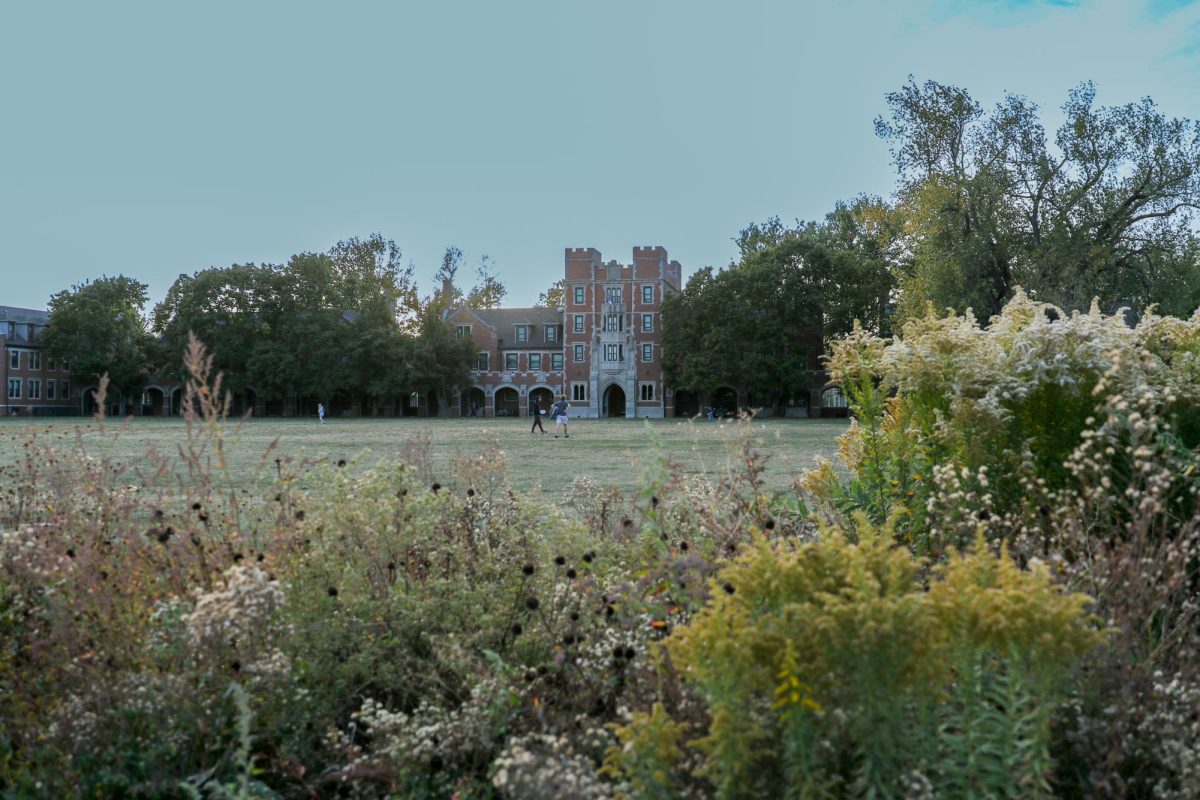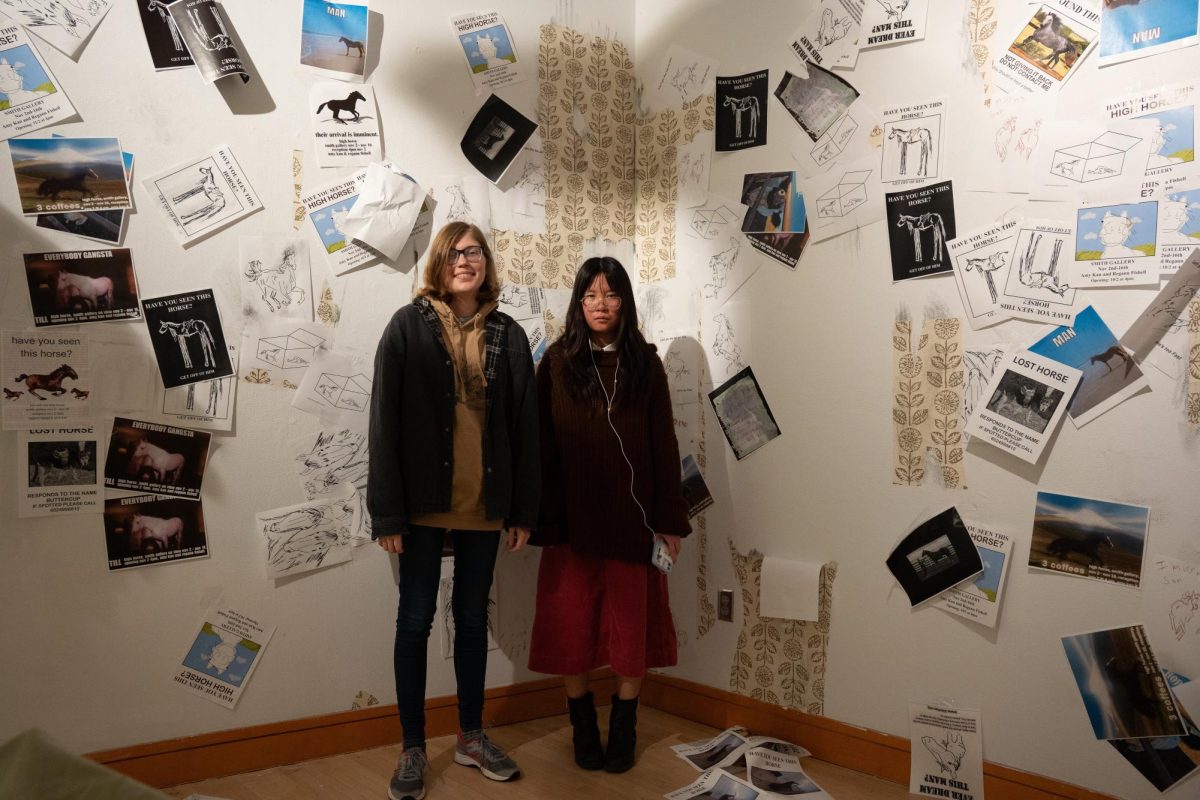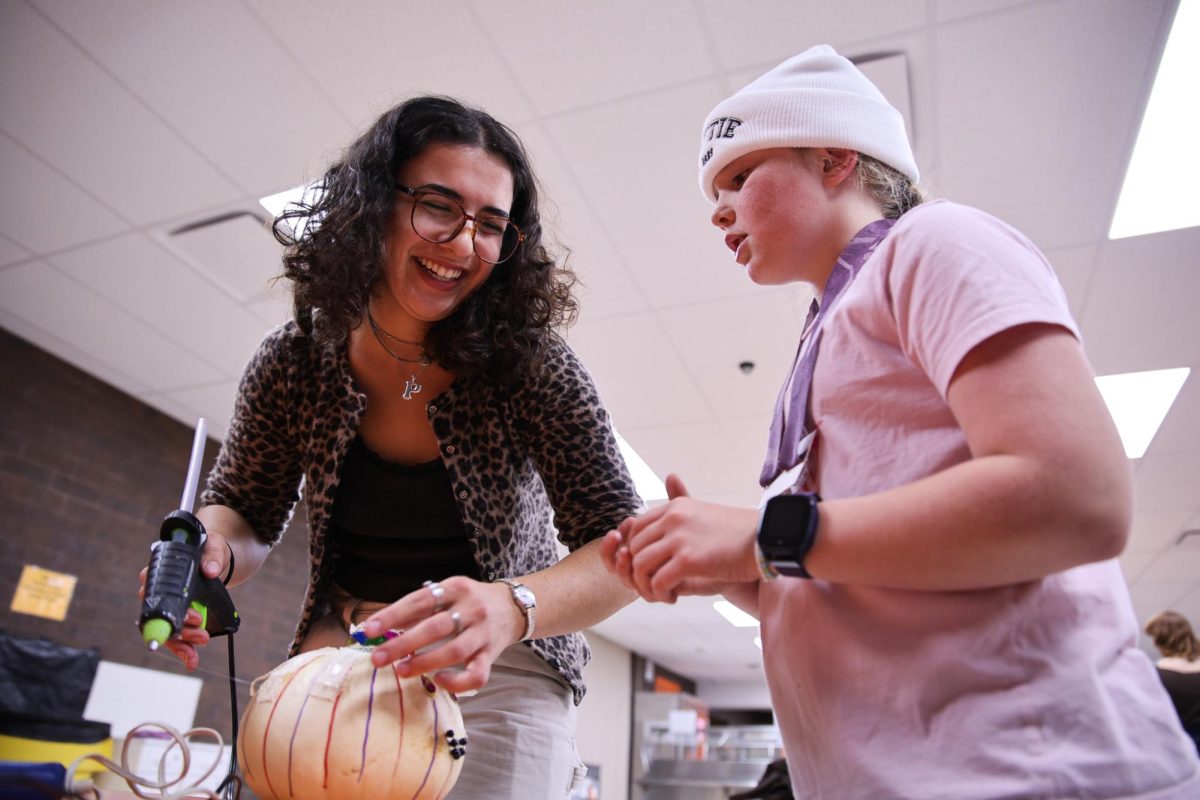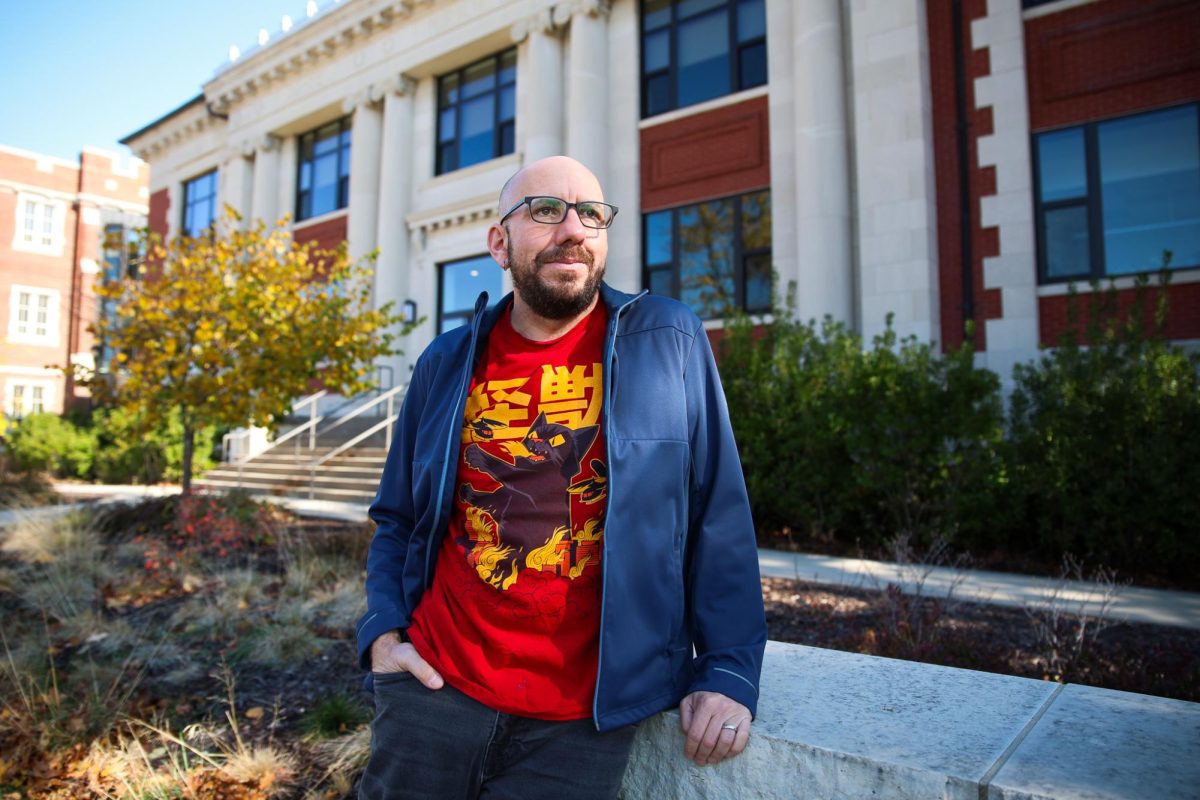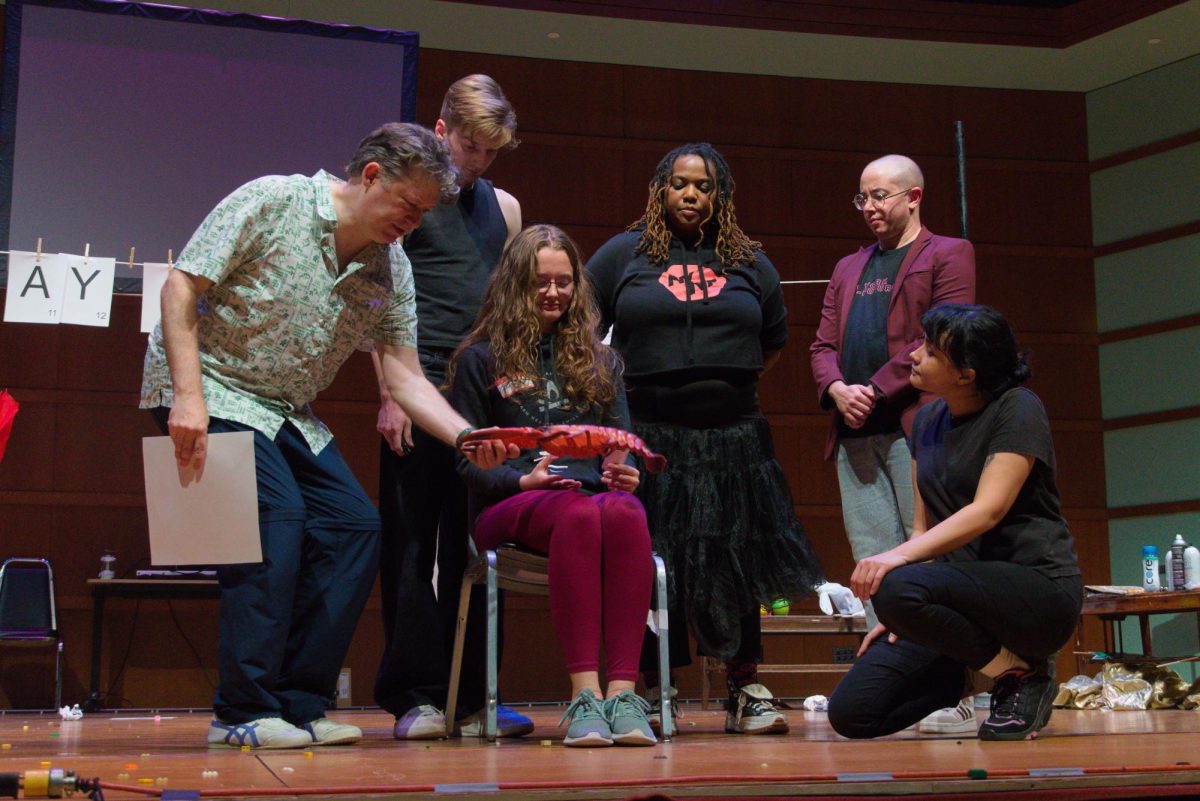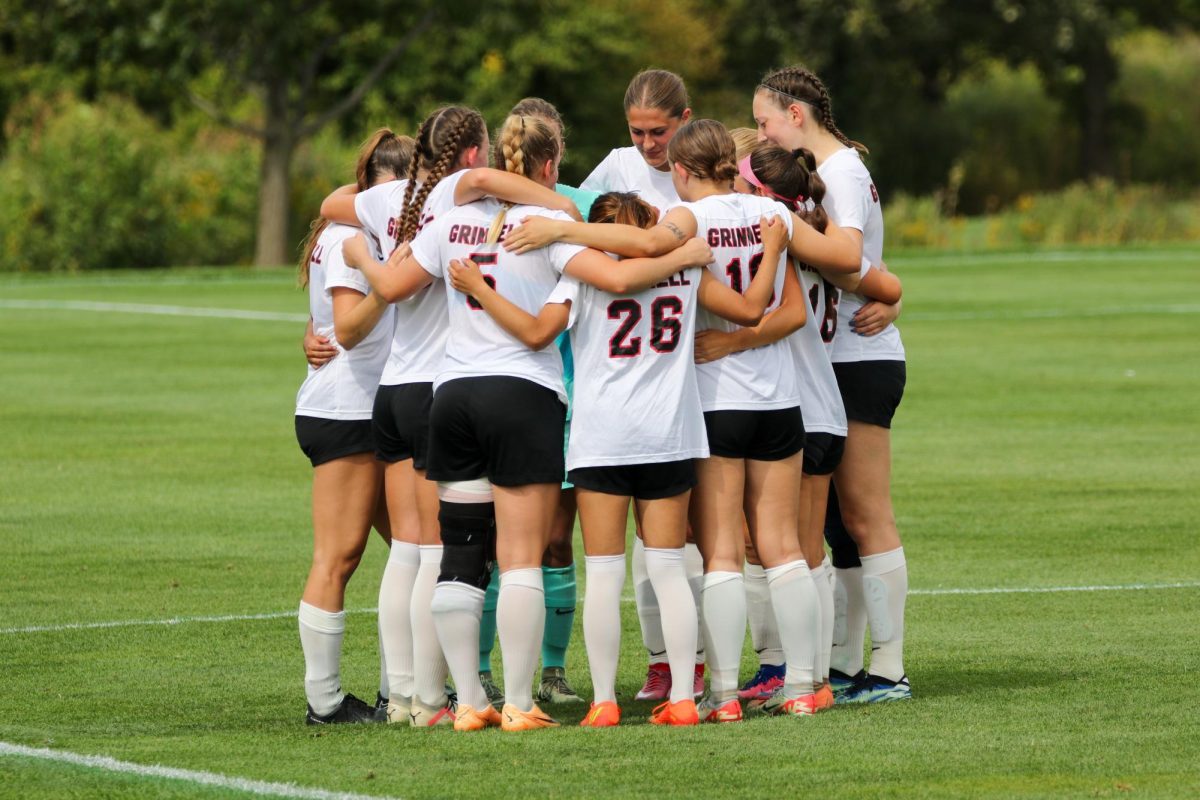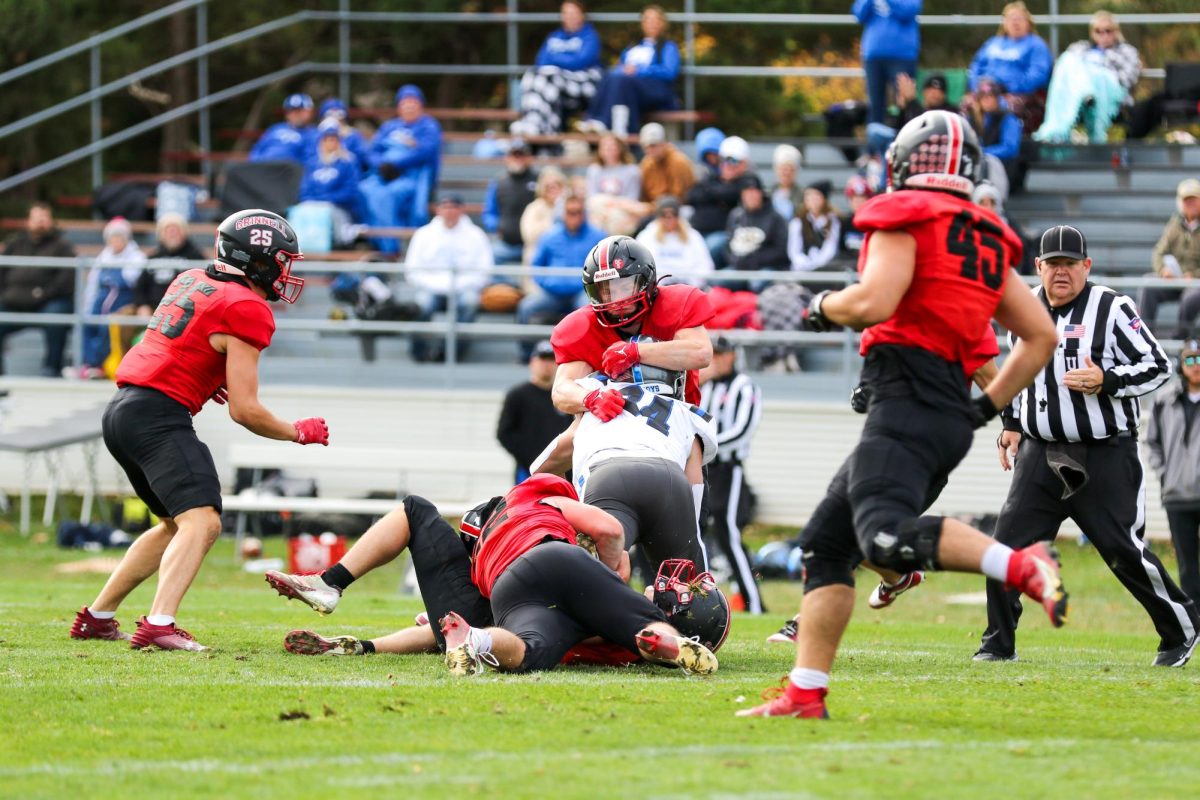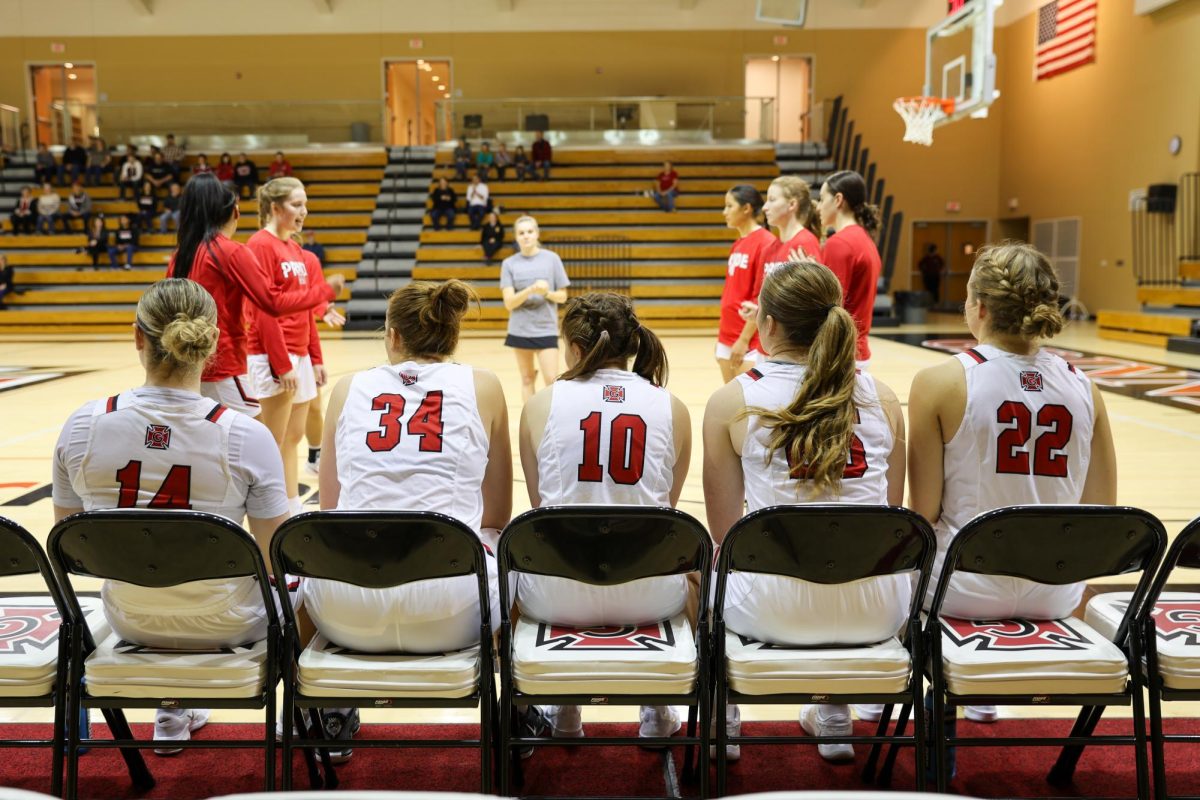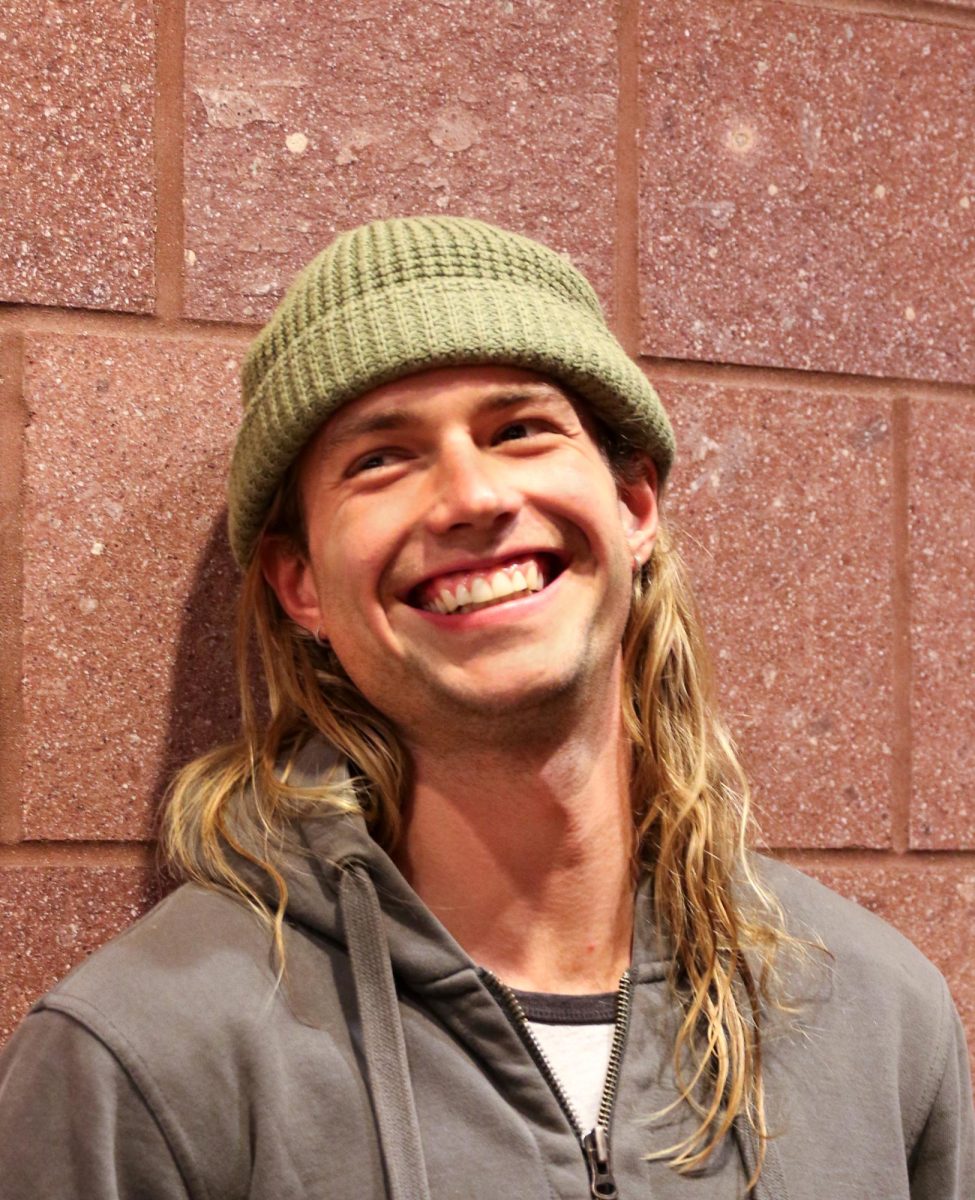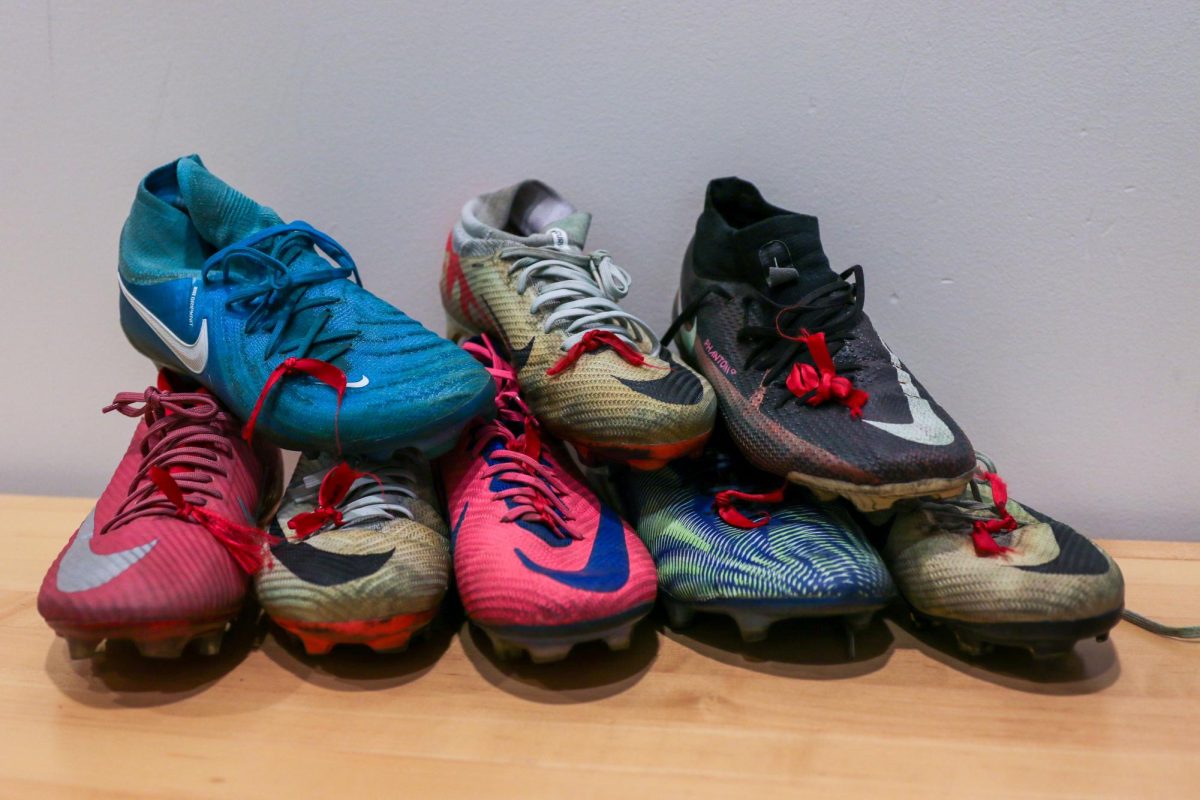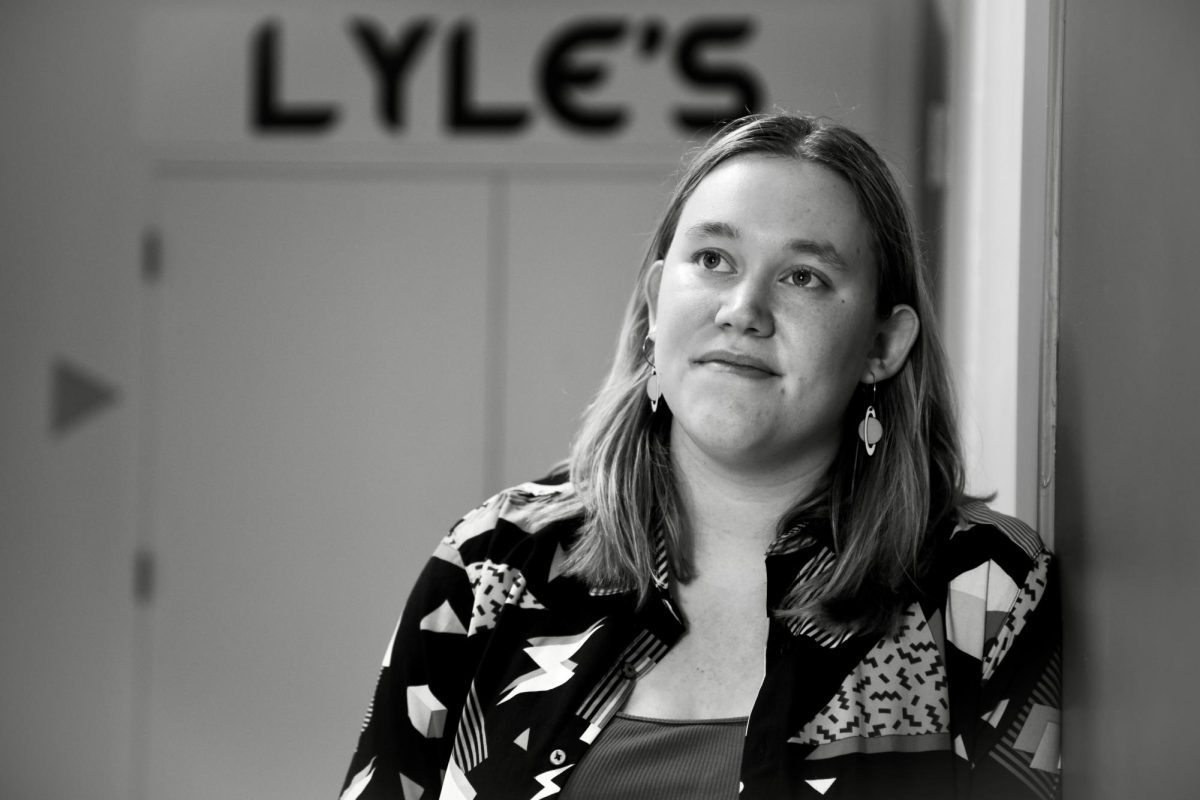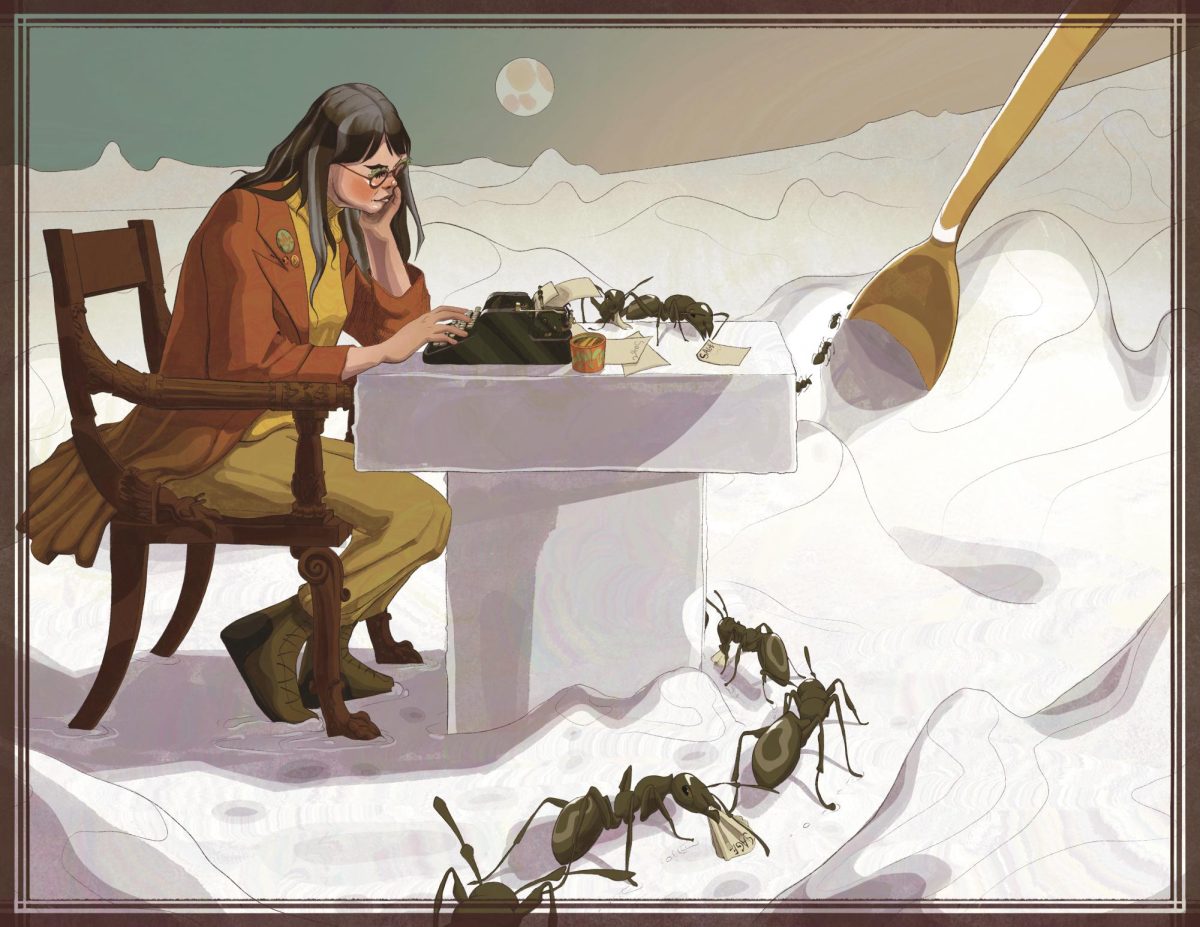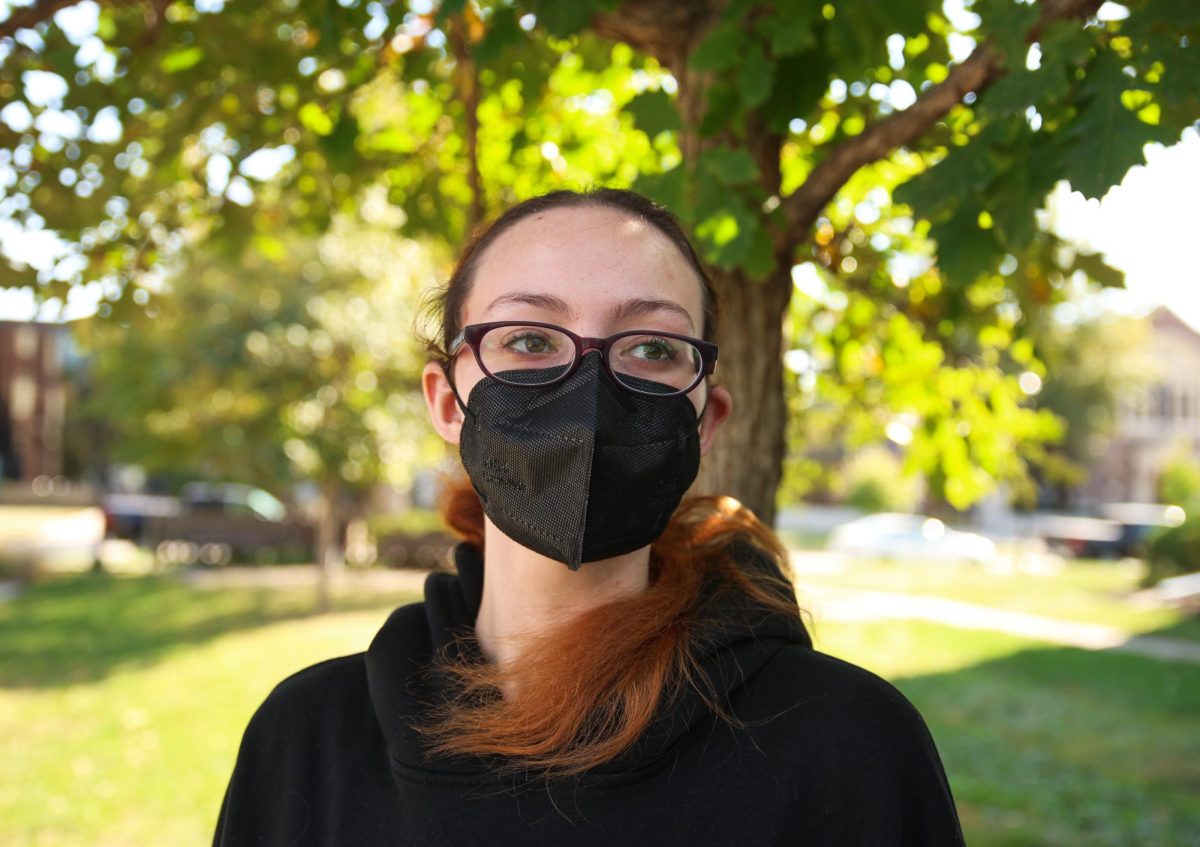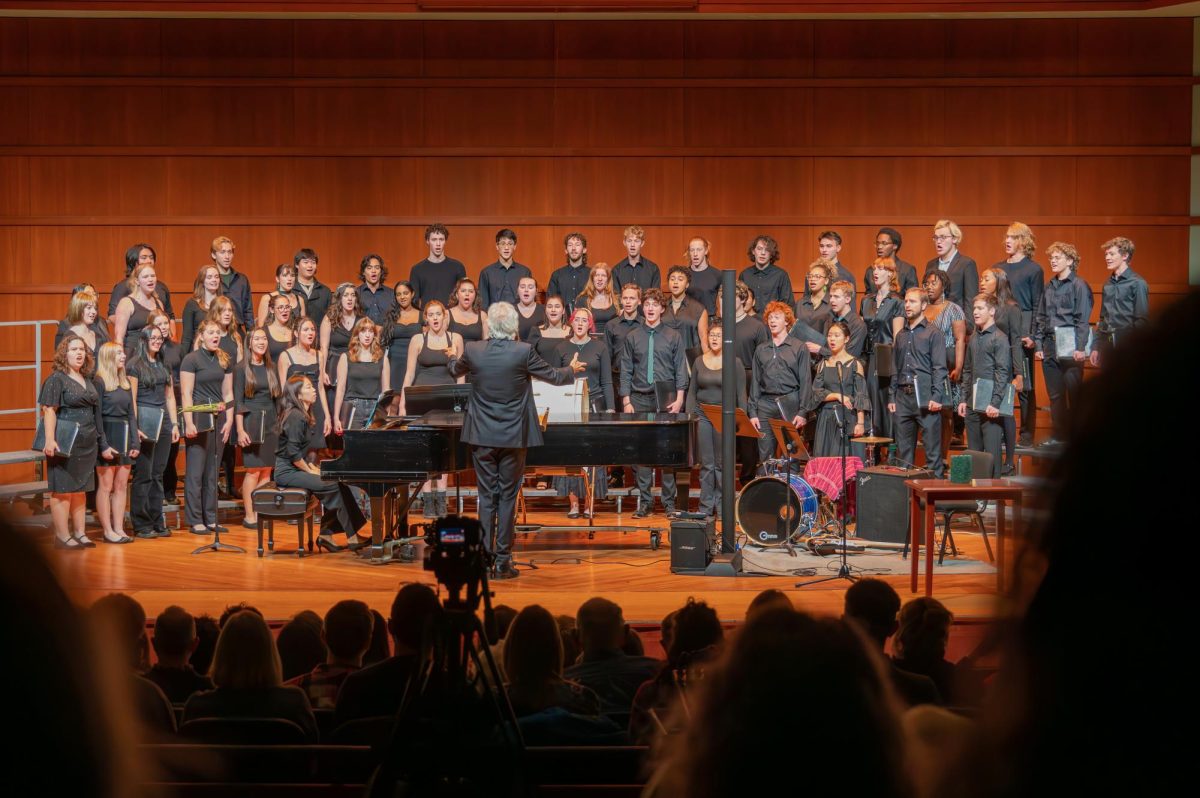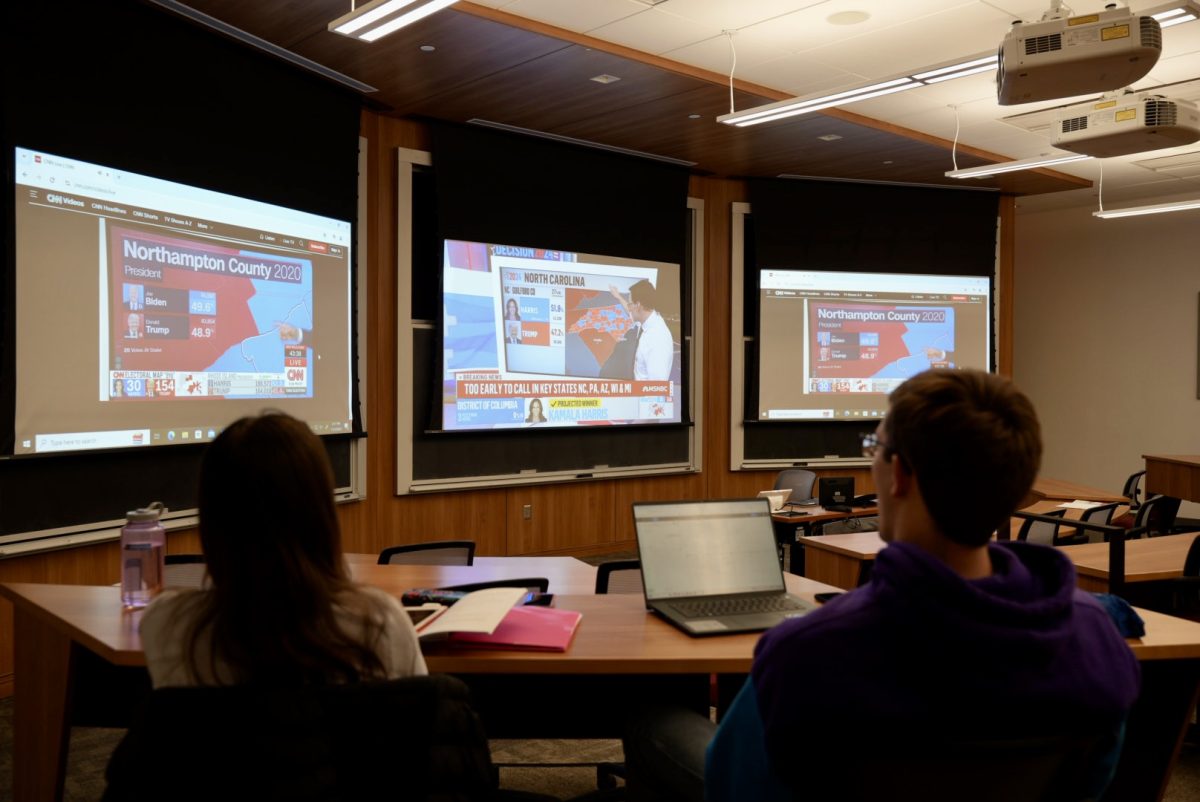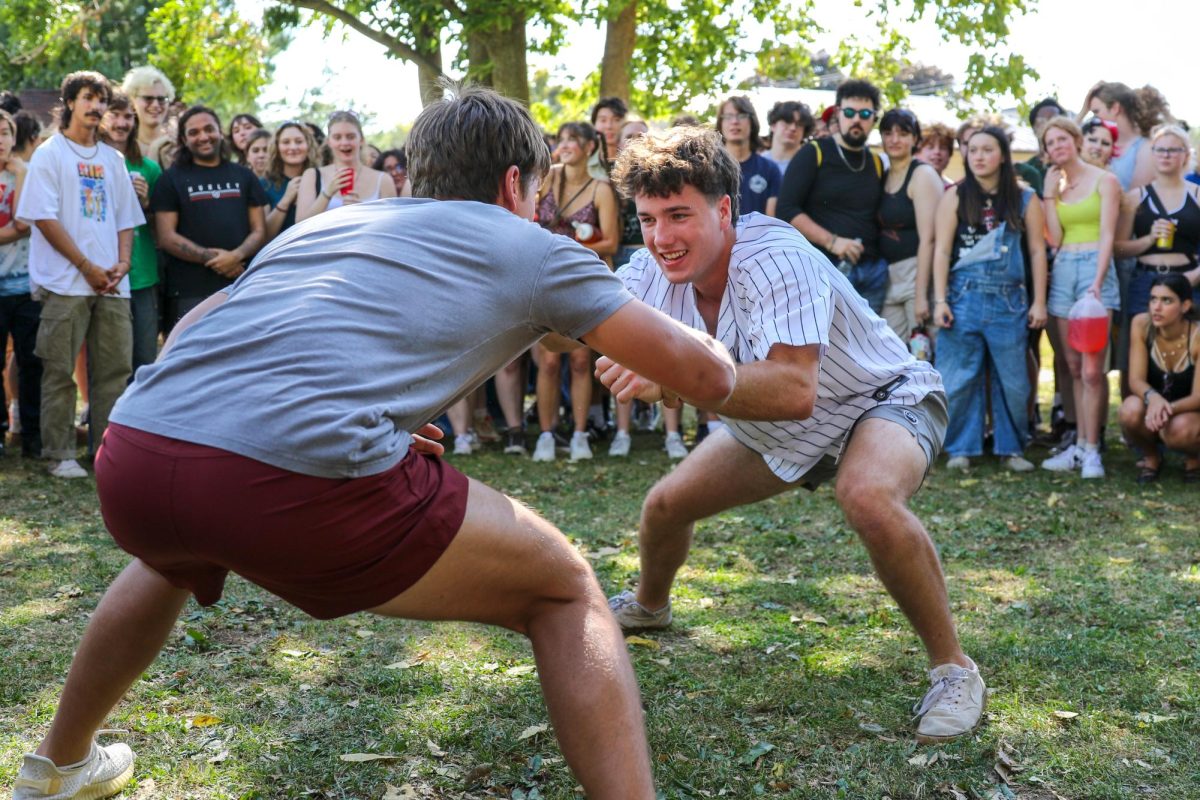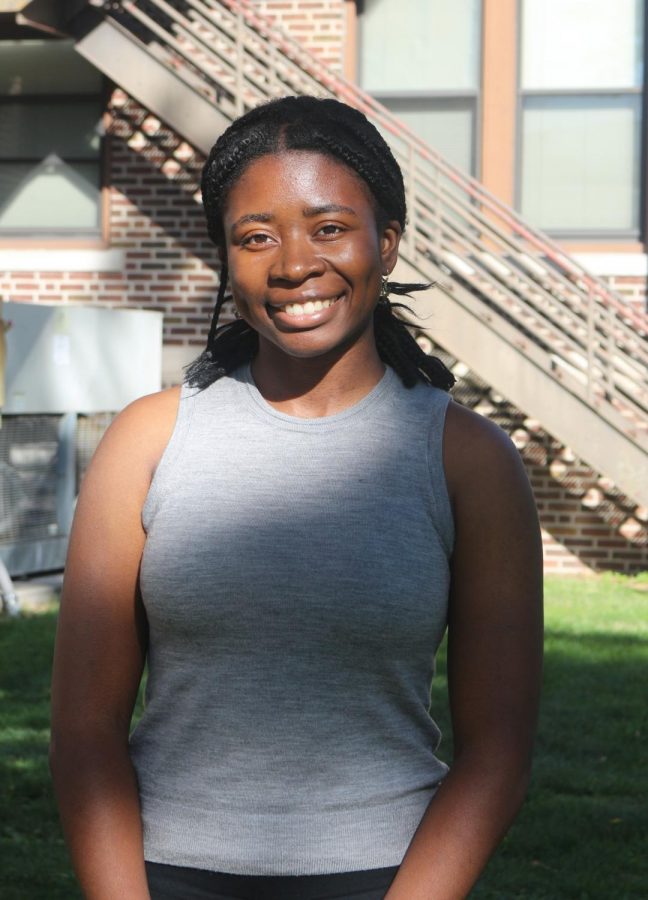On the same Paige: sexplanations and other equity tips
Paige Olowu `22 is offering advice about well-being on-and off-campus.
November 7, 2022
Sexplanations and Other Equity Tips is an anonymous Q&A column centering on all things related to sex, gender and healthy relationships. It serves as an educational resource aimed at increasing access to information, normalizing healthy behaviors and promoting a culture of sexual respect on campus. Questions will be answered by Post Baccalaureate Prevention and Outreach Coordinator, Paige Olowu `22, in collaboration with the Title IX office.
“I understand that bystander intervention can go a long way towards preventing misconduct on campus, but I don’t always feel comfortable stepping in and intervening when I’m not sure what is going on.”
I’m so glad you sent in this question because I think that aspect of active bystanderism can be so nuanced. The feeling of wanting to help but not exactly knowing how is something that really plagued me during my time as a community adviser and as an all campus events student safety worker. When I was presented with a situation in which I didn’t know what to do, I really leaned on my resources and tried to practice the steps I learned in active bystander training.
It’s understandable that you may not always feel 100% comfortable diffusing an ambiguous situation, or as though you’re “doing the right thing.” When being an active bystander, there is no universal way to respond. Each situation is different, therefore each response will most likely be different. When teaching how to be an active bystander, our office consciously uses the term “active bystanderism” rather than “bystander intervention.” Intervention often implies that every approach must be direct, confrontational or involving some aspect of combative action when that isn’t the case. Thinking of active bystanderism as an intervention creates a set of barriers that limit the range of strategies available for bystanders. I hope through the sharing of these following steps you feel more comfortable engaging in active bystanderism on campus and in your everyday life.
An engaged and active bystander is someone who steps up before, during or after a situation when they see or hear harmful actions taking place in order to promote a safer and more respectful community. When dealing with unclear situations, we like to break active bystanderism down into six steps:
- Noticing the event — always try to be aware of your surroundings and attempt to anticipate any problems or red flags that may arise.
- Interpret scenarios as possible problems — this could mean gathering more information regarding ambiguous events and conferring with others if needed.
- Check your bias — be cognizant of how your identity may be a benefit or a barrier to handling a situation.
- Assume responsibility — don’t assume someone else will act. Support other active bystanders and take it upon yourself to act.
- Know what to do — depending on the situation, rely on developed strategies, and practice these skills when possible.
- Do something — if it is safe and you are willing to help, implement the skills you’ve learned to act.
I don’t want to pretend as though memorizing these six steps will make you an expert in conflict resolution or in the prevention of misconduct, but keeping these tips in mind can help increase your self-efficacy skills and promote a positive culture of active bystander behavior. A few things I try to remember as I practice everyday active bystanderism is that the identities that we carry and the context of the situation will always influence what feels available and safe to us. Factors such as race, gender expression, language and socioeconomic class carry weight in these situations. Your relationship with the person wronged or the wrongdoer may cause you to hesitate before acting. But as long as you recognize this and, if needed, find someone who is more comfortable acting (a friend, a student leader, a trusted resource), you are still engaging in active bystanderism. I think that by simply asking this question, you’re practicing the fourth step of active bystanderism — you’ve taken the onus to further educate yourself and better your community. It’s not always going to be at an off-campus party or in the midst of a physical altercation that you will need active bystanderism — small everyday moments matter too. Remember, like with all things, we get better with practice.
If you have questions regarding active bystanderism, please do not hesitate to reach out. I, along with members of Student Athletes Leading Social Change leadership, have been educated on bystander training as a comprehensive prevention framework. We would be more than willing to host a training session.
